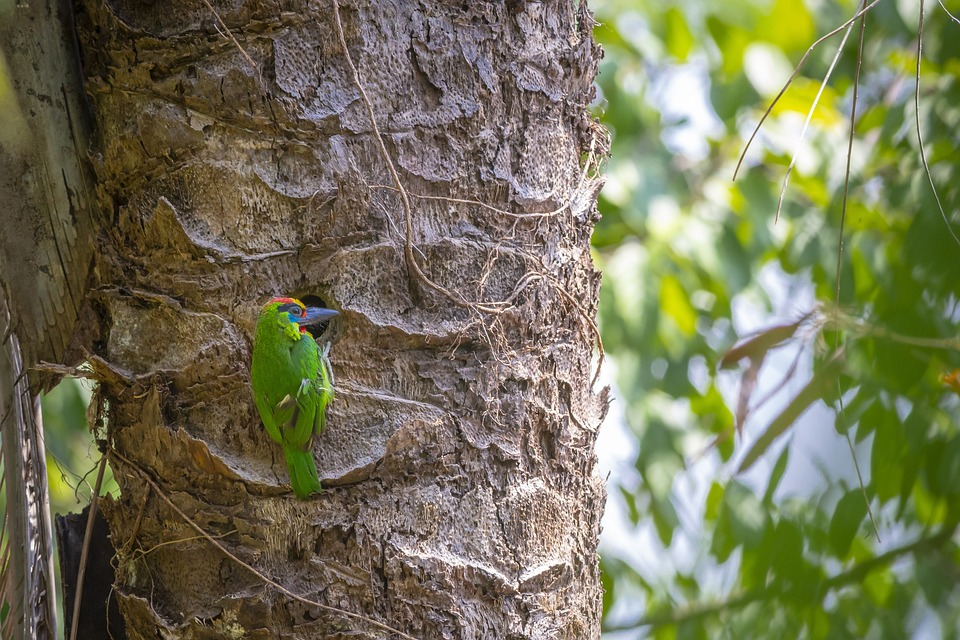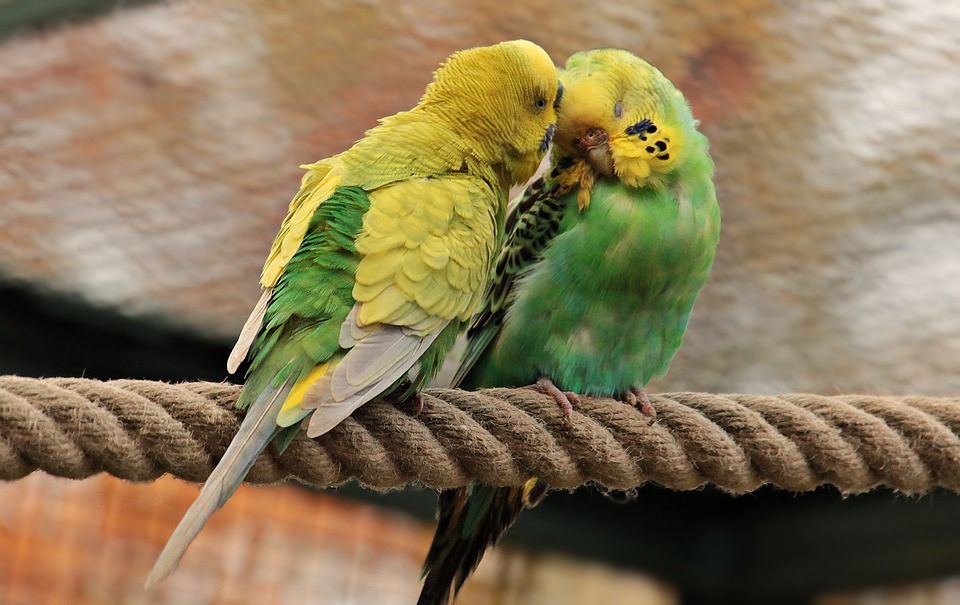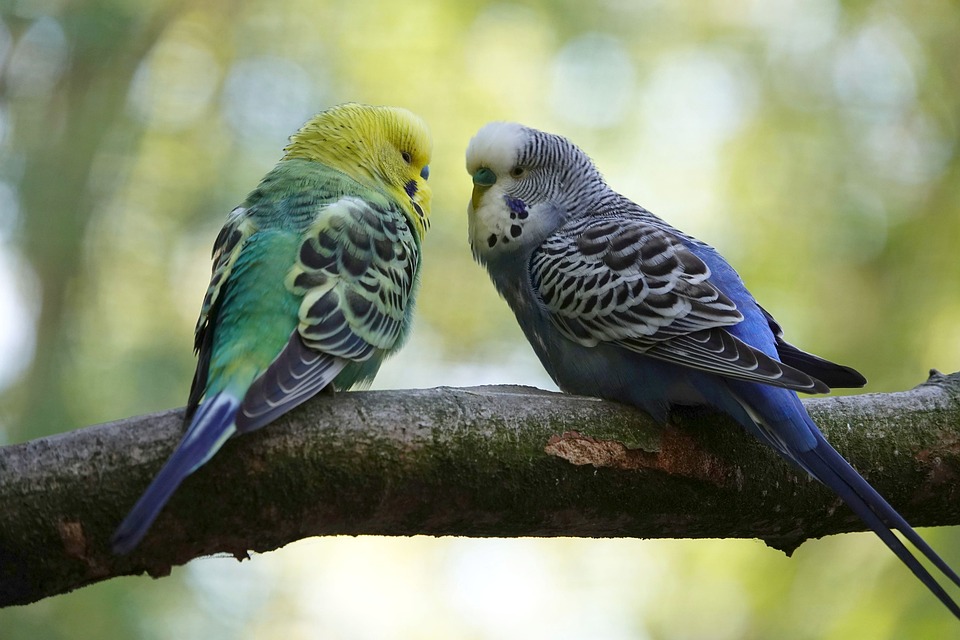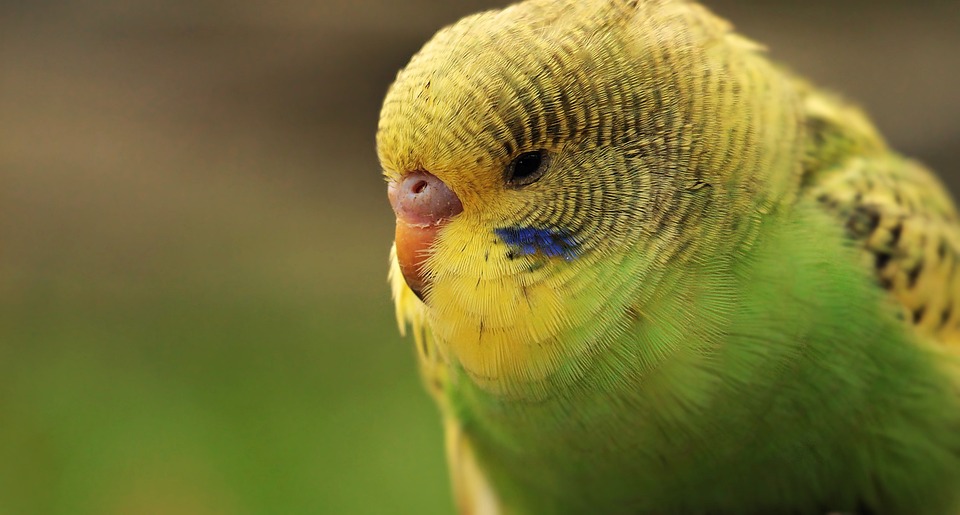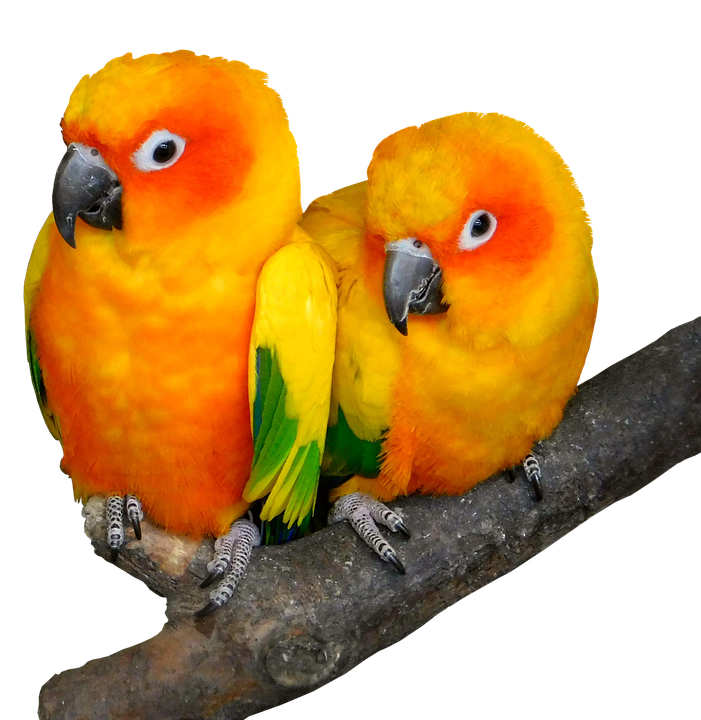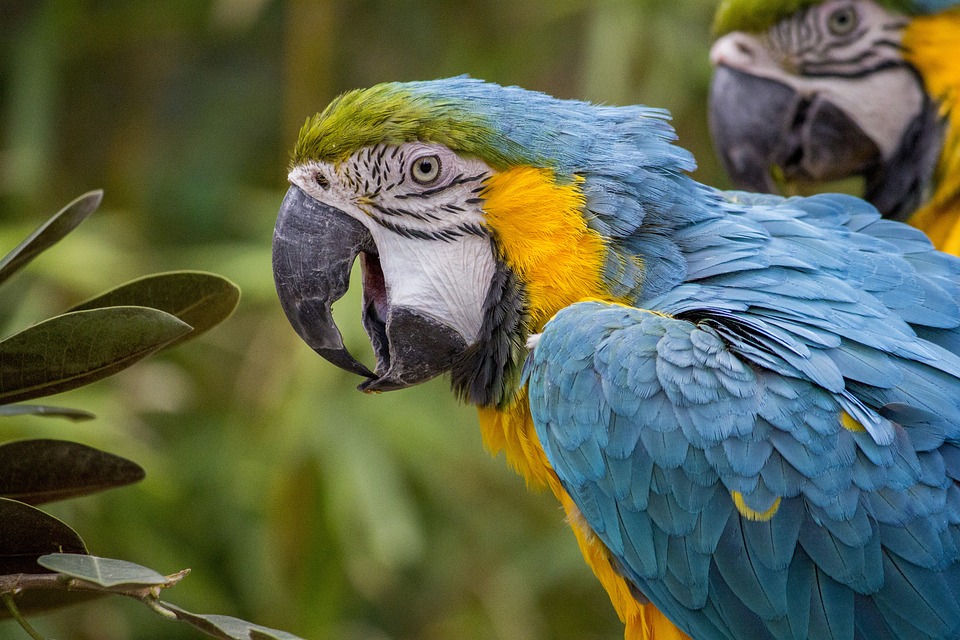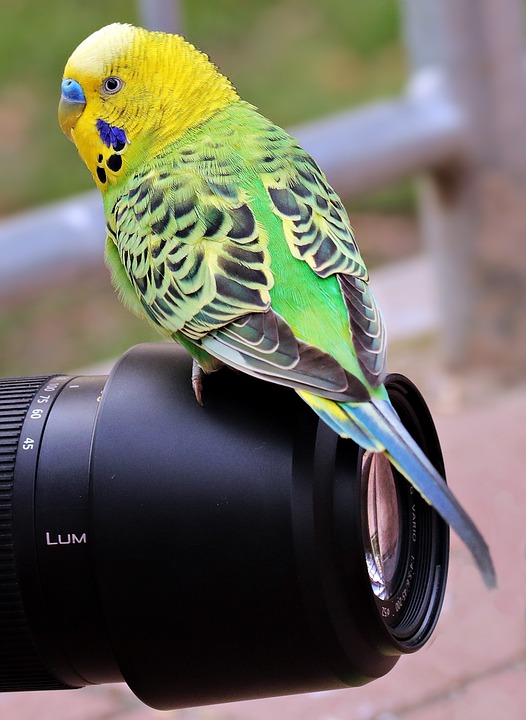Parrots are known for their intelligence and social nature, making them excellent candidates for learning tricks and commands. One captivating trick you can teach your parrot is to spin on command. Not only does this stimulate their minds, but it also strengthens the bond between you and your feathered friend. In this article, we will delve into the world of positive reinforcement training and guide you through the process of teaching your parrot to spin on command.
Positive reinforcement is the cornerstone of successful training. It involves rewarding desired behaviors to encourage their repetition. This training philosophy focuses on the use of rewards rather than punishment, creating a positive and enjoyable learning experience for your parrot. By associating spinning with rewards, your parrot will be eager to perform the behavior.
There are several benefits to using positive reinforcement training with parrots. It allows you to tap into their natural intelligence and curiosity, giving them mental stimulation and preventing boredom. Positive reinforcement also strengthens the bond between you and your parrot, as it fosters trust and creates positive associations with training sessions.
It’s important to understand how parrots perceive rewards and punishments. Unlike humans, parrots don’t have a concept of right or wrong. Instead, they focus on what brings them rewards and pleasurable experiences. Rewards can take the form of treats, praise, or even playtime. Punishments, on the other hand, should be avoided as they can create fear and anxiety, hindering the training process.
Before starting the training process, it’s crucial to prepare the environment. Create a safe and distraction-free space where you and your parrot can focus on the training. It’s also essential to establish a trusting relationship with your parrot, as this will make them more receptive to training. Spend quality time together, engage in gentle interactions, and build a foundation of trust.
Choosing the right training tools and treats is also vital. A clicker can be a useful tool to mark the desired behavior and communicate to your parrot that they have done something right. As for treats, opt for small, bite-sized rewards that your parrot finds irresistible. Experiment with different treats to find what motivates your parrot the most.
Now, let’s dive into the step-by-step training guide for teaching your parrot to spin.
Step 1: Target training and introducing the clicker. Start by teaching your parrot to touch a target stick with their beak. This establishes a foundation for learning new behaviors and introduces them to the clicker as a marker for correct behavior.
Step 2: Luring your parrot into a spin. Hold a treat close to your parrot’s beak and slowly move it in a circular motion. As your parrot follows the treat, they will naturally start spinning. Click and reward them when they complete a full spin.
Step 3: Adding the verbal cue. Once your parrot is consistently spinning in response to the lure, introduce a verbal cue such as “spin” or “twirl.” Say the cue just before luring your parrot into the spin. Repeat this step several times until your parrot starts associating the cue with the behavior.
Step 4: Shaping the behavior for consistency. Gradually reduce the luring motion and rely more on the verbal cue. Click and reward your parrot when they respond to the verbal cue alone. With each successful attempt, reinforce the behavior by offering treats and praise.
Step 5: Fading out the lure and clicker. Over time, reduce the use of the lure and clicker until your parrot can spin on command without any prompts. Remember to continue rewarding their spins with treats and praise to reinforce the behavior.
While training your parrot to spin on command, you may encounter some challenges. If your parrot seems disinterested, try using higher-value treats or taking short training breaks to keep them motivated. If your parrot keeps performing the wrong behavior, go back to the previous step and reinforce the correct behavior more consistently. If your parrot is afraid of the lure, take it slow and gradually build their confidence through positive reinforcement.
Some parrots may spin too fast or too slow. To adjust the speed, vary the speed of your lure or use hand gestures to guide them. Be patient and provide positive reinforcement when they spin at the desired speed.
In the FAQ section, we address common questions about teaching parrots to spin on command. It usually takes time and consistency to teach a parrot this trick, but each bird is unique, so the duration may vary. Any parrot, regardless of age or species, can learn to spin on command with positive reinforcement. However, it’s important to consult avian experts for specific guidance on training different species.
There are no significant risks associated with training parrots to spin on command if done correctly. However, always prioritize your parrot’s well-being and monitor their stress levels during training sessions. If your parrot shows signs of stress or discomfort, take a step back and assess their needs.
While treats are the most common form of reinforcement, you can also use other rewards such as praise, head scratches, or playtime. Find what motivates your parrot the most and use it as a reward during training sessions.
If your parrot already knows how to spin but not on command, you can still use positive reinforcement to teach them the cue. Follow the training steps outlined in this article, gradually introducing the verbal cue while reinforcing the behavior with treats and praise.
In conclusion, teaching your parrot to spin on command through positive reinforcement is an exciting and rewarding journey. By understanding the principles of positive reinforcement, preparing the training environment, and following the step-by-step guide, you can unlock the magic of this trick. Remember to be patient, consistent, and always prioritize your parrot’s well-being. With time and dedication, you’ll witness your parrot spin on command, showcasing their intelligence and the strength of your bond.

